The market is quickly growing at one of New York Jets’ underrated positions of need
While the New York Jets are likely to focus heavily on improving their offense once free agency opens, they do have some needs to address on the defensive side of the football. Of those needs, the most pressing is arguably at safety. Previous starter Jordan Whitehead is set for free agency, and the Jets should seek to upgrade anyway after a season where Whitehead led safeties in touchdowns allowed (7) and missed tackles (20).
Due to a bevy of noteworthy cuts over the past few days – including Justin Simmons, Jordan Poyer, and Quandre Diggs – the free agent safety market has become chock-full of household names. It’s becoming tempting to think about the Jets potentially adding one of these players to their already-stacked defense.
The free agent safety market is insane:
Xavier McKinney
Kyle Dugger
Justin Simmons
Kamren Curl
Eddie Jackson
Kevin Byard
Julian Blackmon
Geno Stone
Micah Hyde
Jordan Poyer
C.J. Gardner-Johnson
Quandre Diggs
Jamal Adams
Darnell Savage
Jeremy Chinn
Rayshawn Jenkins
Jordan… https://t.co/m99VUig8RQ— Ari Meirov (@MySportsUpdate) March 7, 2024
Should the Jets tap into this market and explore adding one of these accomplished safeties?
Most likely, unless they can find an absolute bargain, the wise answer to that question is no.
As we discussed in yesterday’s article, the Jets’ roster, as currently constructed, is one of the most defense-reliant rosters in NFL history. The 2023 Jets had the third-largest disparity between their defensive DVOA and their offensive DVOA in the 43-season history of the metric (1981-2023).
Yes, a healthy Aaron Rodgers would close much of that gap. But as we also broke down in that article, the Jets’ offense set such a low floor that even an MVP-caliber season from Rodgers would probably push the Jets’ offense no further than league-average if nothing else changes around Rodgers. To become a championship-caliber offense, they desperately need to improve a plethora of positions on that unit.
All of this is to say that the Jets cannot afford to waste precious cap dollars on a safety.
While the Jets’ cap situation is certainly not “dire,” they do not have the cap space to spend like madmen as they have in some recent offseasons under Joe Douglas. According to Spotrac, the Jets still rank just 17th in cap space at $27.5 million even after the releases of Laken Tomlinson and C.J. Uzomah – the two best cap-clearing options they had at their disposal. There is a huge gap between New York and the top 16 teams, as every team in the top 16 has at least $40 million in space.
More space is likely to come after the trade of Zach Wilson, more cuts, and some restructures, but other NFL teams are going to make these kinds of moves, too. The bottom line is that New York is only in the middle of the pack when it comes to spending power. Half of the NFL’s teams will be able to outbid them. And when you also consider the massive spike in the salary cap, the Jets just won’t be able to keep up with everyone in an offseason where we are probably going to see some crazy spending. They will have to be economical to fill all of their holes.
Considering the massive number of holes the Jets have on offense, there just isn’t a world where the Jets can go anywhere past the bargain bin at safety and still have enough cap space to fill their offensive holes to a degree that would be considered acceptable.
It is enticing to think about how good the Jets’ defense could be if they improved their safety position, as it was the weakest link in an otherwise thoroughly dominant defense last year. With that being said, it’s worth taking the opposite perspective into account. The Jets were still elite defensively (3rd in DVOA) even with the most mistake-prone starting safety in the NFL. Clearly, good safety play is not necessary for this defense to perform at an elite level.
That is not to say the Jets should ignore the safety position. They still must try to find ways to improve the spot. They just have to try and do it by finding a diamond in the rough.
The Jets already have one of them in Tony Adams. The 2022 undrafted free agent developed into an every-down starter by year two, and a solid one at that. Adams tied for 20th among safeties in total defensive stops (23) while allowing the 10th-fewest touchdowns into his coverage (1) and the 10th-lowest passer rating on throws into his coverage (63.5) among 63 qualifiers. He was one of only eight safeties ranked top-20 in all three categories.
After finding bang for their buck with Adams, the Jets’ front office and scouting staff must do it again.
Conceivably, the Jets could do it by signing one of the aforementioned veteran free agents if they come cheap enough. Somewhere around $3 million seems like a reasonable ceiling for the Jets to spend on a safety without cutting into their tight offensive budget.
There would be one major question if the Jets took that route: Why was this guy so cheap?
If the Jets nab a safety with name recognition at a price that makes sense for their budget, it’s safe to say that he probably is nowhere close to the player he was when he earned that name recognition. There are quite a few guys who could fit under this umbrella. Quandre Diggs (tied with Whitehead for league lead in missed tackles), Micah Hyde (121.1 passer rating allowed), and Eddie Jackson (identical 121.1 passer rating allowed) are just a few safeties on the wrong side of 30 who might excite fans because of their recognizability but are way past their primes.
Knowing this, the Jets are better off avoiding the recognizable safeties and focusing their search on unheralded players. If there is a recognizable safety who is actually worth having, he is going to be too expensive for the Jets. The attainable ones are probably attainable for a reason.
The Jets struck gold in the UDFA market with Adams. They could try to take this route again by signing multiple UDFA safeties and counting on their excellent defensive coaching staff to work their magic once more.
While they could also use a late-round draft pick on a safety, they already have a developmental Day 3 pick on the team in Jarrick Bernard-Converse, who basically redshirted his rookie year (he played 8 games but only 4 defensive snaps). Perhaps JBC is ready to contribute after a year of seasoning. I don’t think drafting a safety is necessary. As I’ve argued, the Jets should try to lean toward the offense with every draft pick. Still, if there’s a safety available who they consider an enormous steal based on their draft board, it would be understandable.
New York can also re-sign free agent Ashtyn Davis after his strong season in a sub linebacker role. While Davis proved he is effective in that role, perhaps the Jets reward his progress by giving him a chance to compete for a starting safety role. Maybe he has developed enough to the point where he is now capable of performing well as a true safety.
Another option is to re-sign free agent Chuck Clark. The Jets acquired Clark for a seventh-round pick in March 2023, and it seemed like he would have a chance to push Whitehead and Adams for a starting spot. Unfortunately, Clark’s season ended before it began with an ACL injury in June.
However, Clark was poised to be a great fit for the Jets’ defense. While Clark does not offer flashy athletic traits or snazzy playmaking, he is a fundamentally sound player who consistently provides top-notch tackling efficiency, solid run defense, and stingy slot coverage. You rarely notice him out there – in a good way. That’s the type of player the Jets need after dealing with Whitehead’s erratic style. Clark’s steady style is an ideal complement to the aggressive nature of the Jets’ defensive front.
At 29 years old coming off an ACL injury, Clark should be an affordable option for the Jets. He was earning $5.1 million per year on the previous three-year contract he signed with the Ravens in 2021. That number should drop a few million considering his age and injury status.
In addition to Clark, the Jets can pursue cheaper, lesser-known veterans who still have gas in the tank even if they don’t offer the name recognition of a former superstar. A good example from last year was Tashaun Gipson, who the 49ers re-signed for one year and just $2.9 million. At 33 years old, Gipson allowed the second-lowest passer rating into his coverage among qualified safeties. This is where the skills of your pro scouting staff come into play. Can they identify undervalued players? Particularly ones who would be maximized in the Jets’ scheme?
The Jets have plenty of options to improve their safety position without compromising the resources that are needed to improve their offense. They will have to be savvy to get it done, but that’s why you pay your general manager and scouts. Not every hole can be filled with a big name.
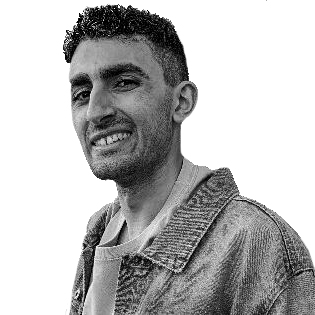

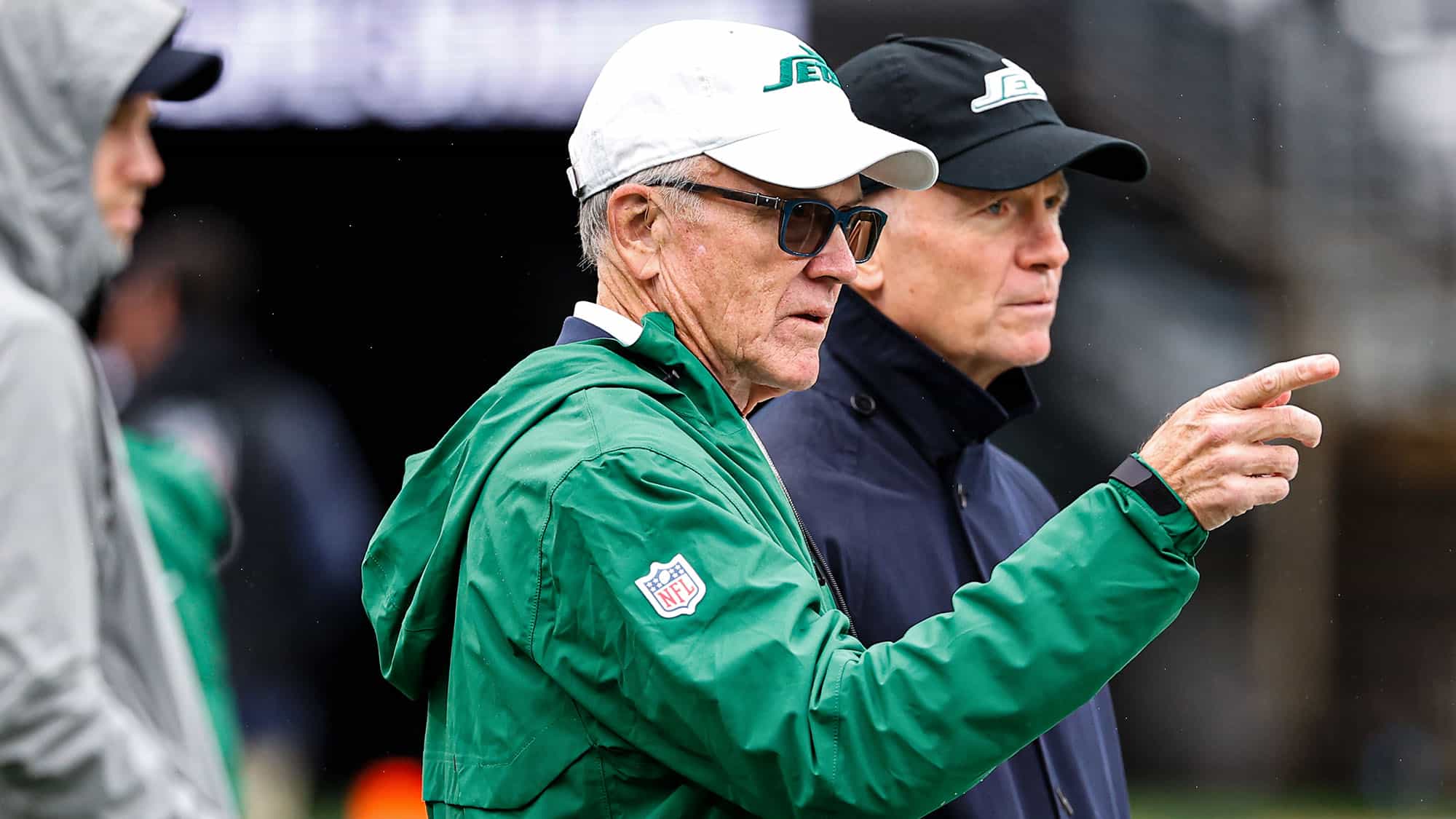

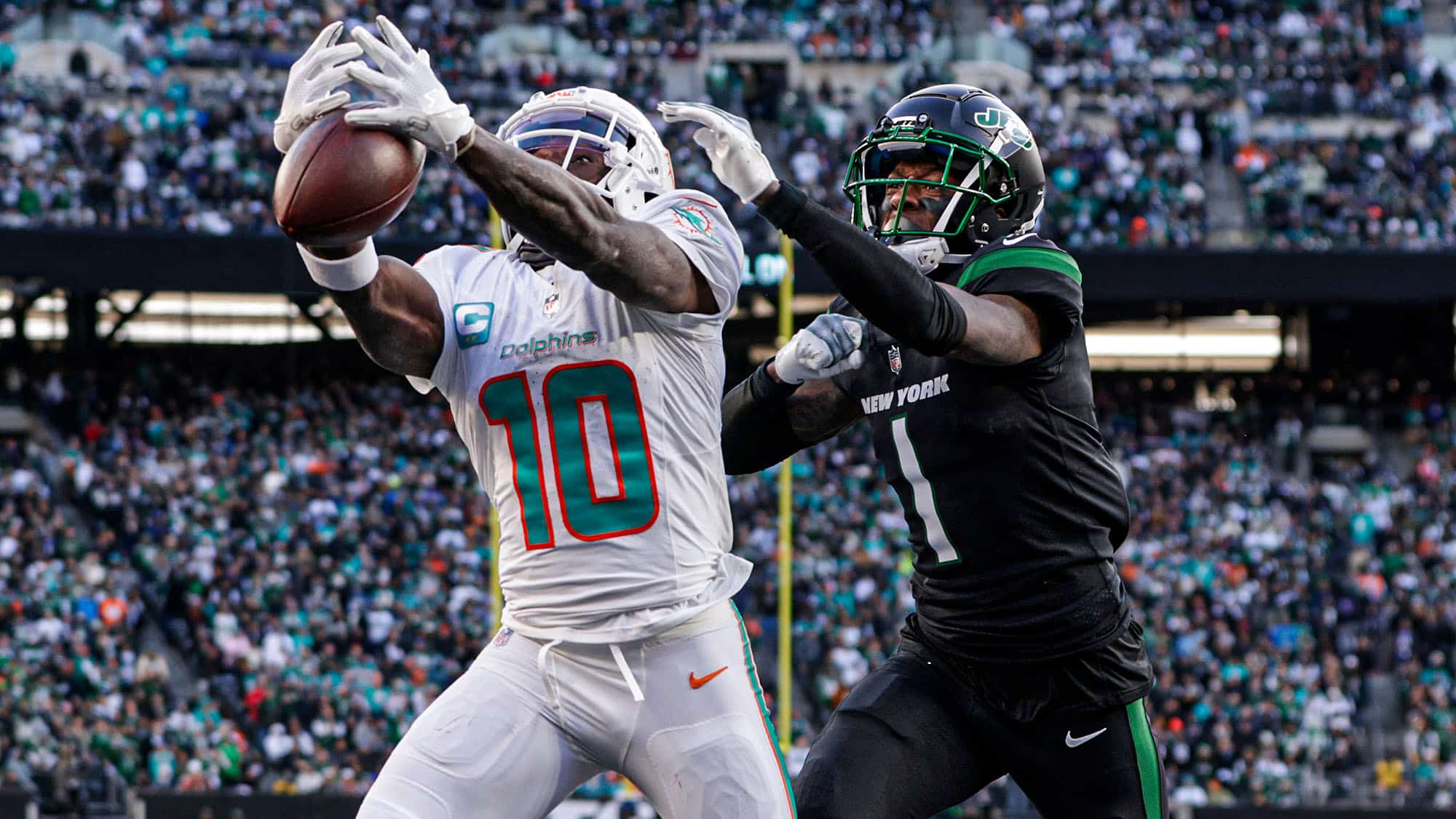


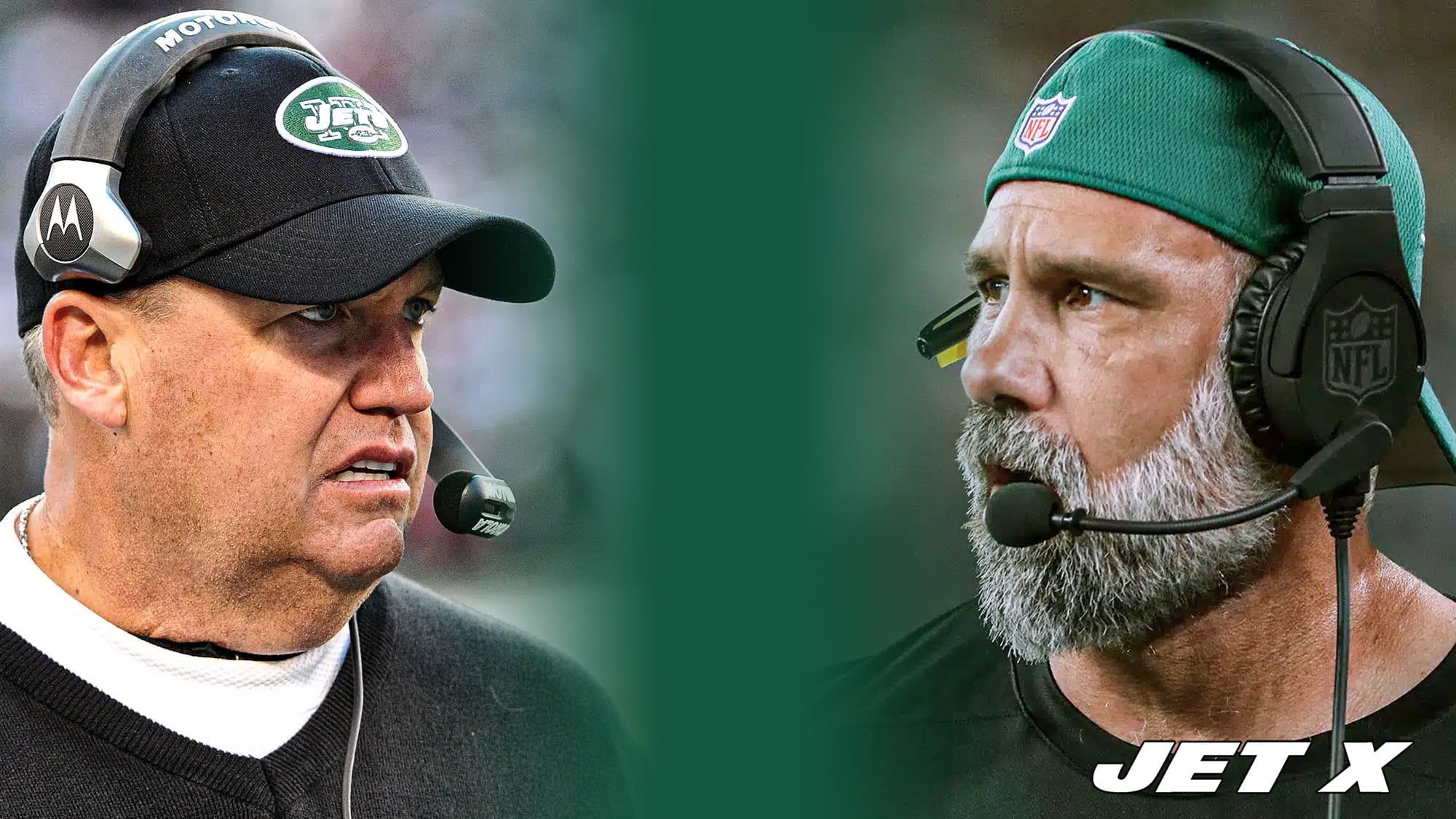


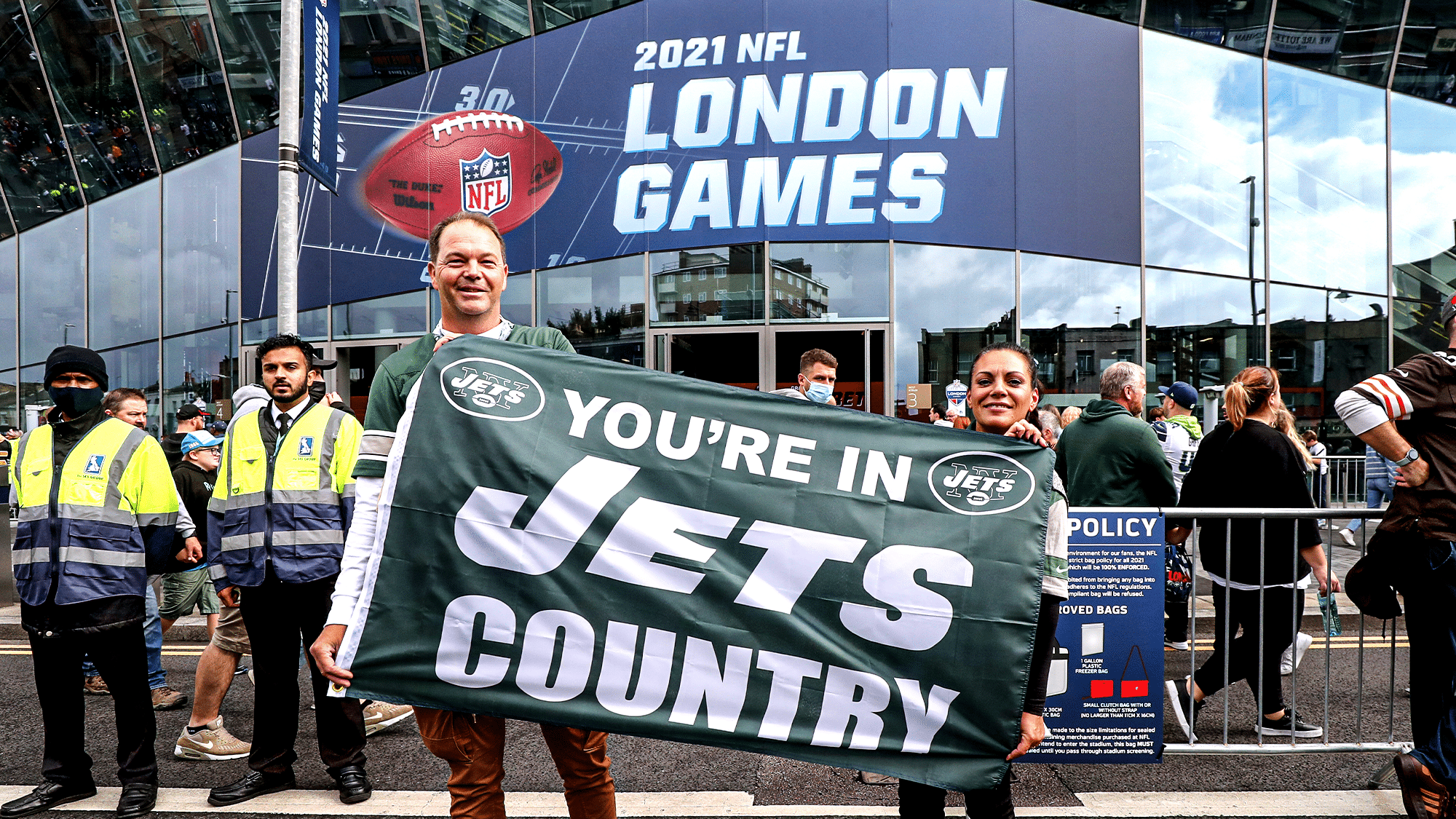
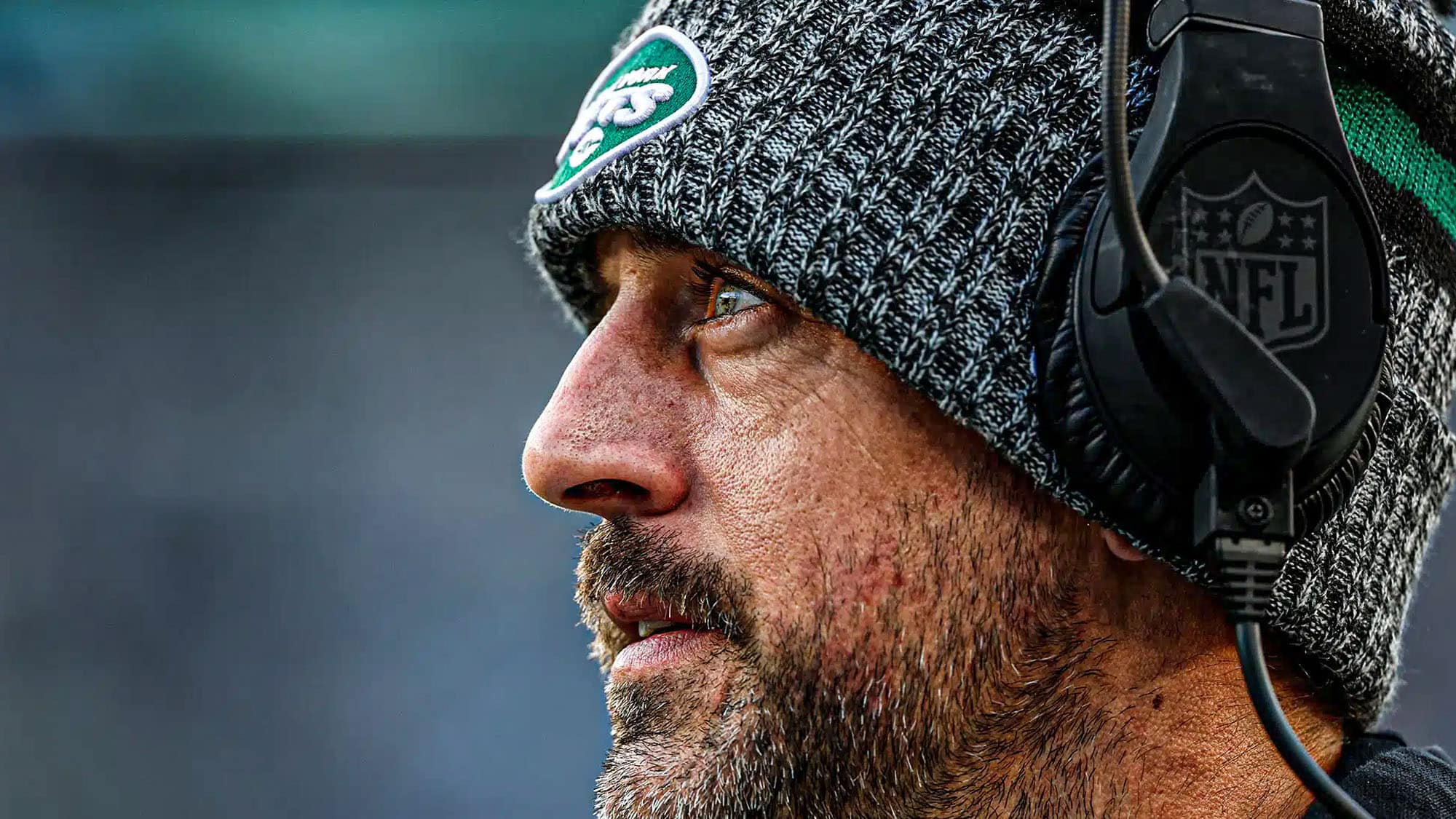
Why did the Jets NOT designate Laken and Uzomah as post-6/1 cuts? They would have saved a lot more cap space.